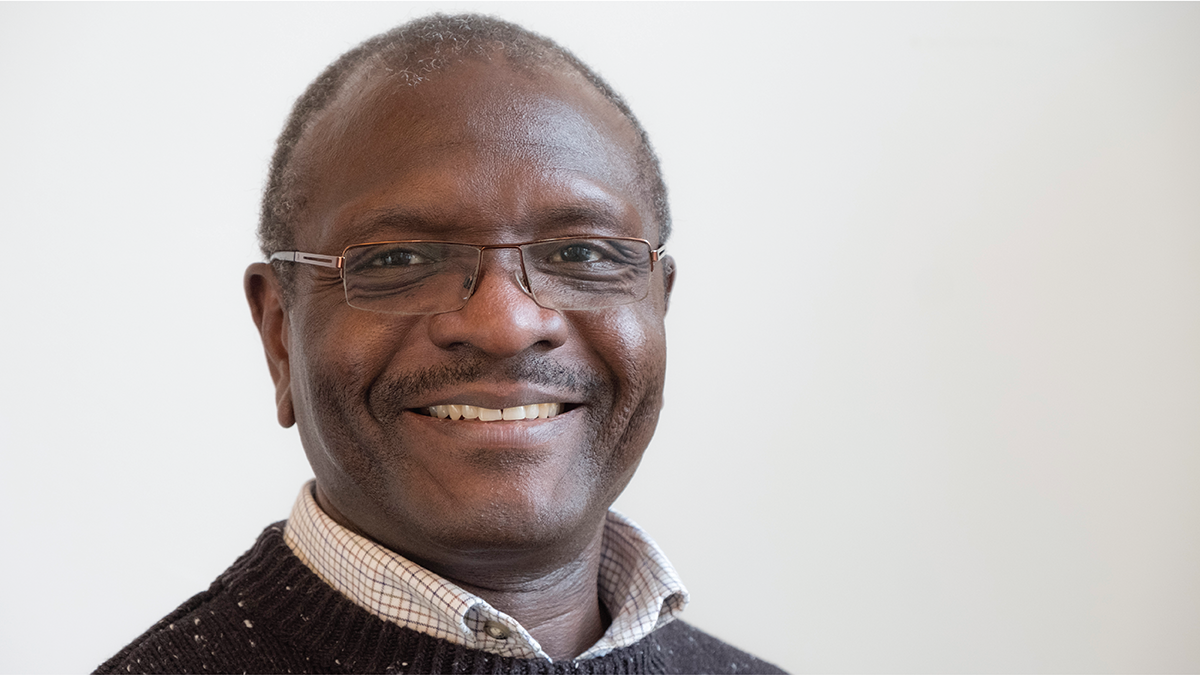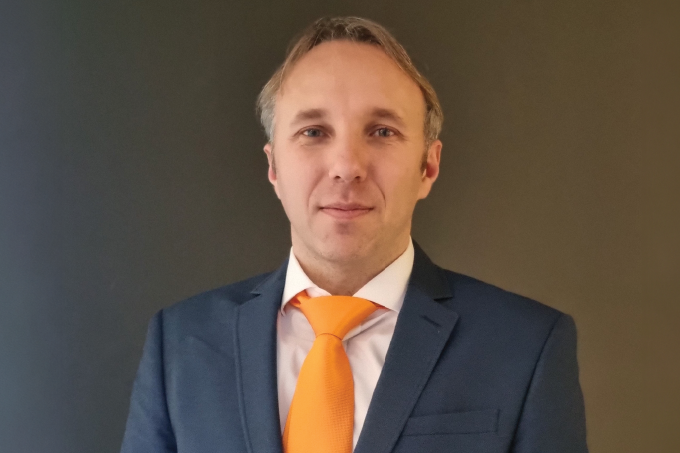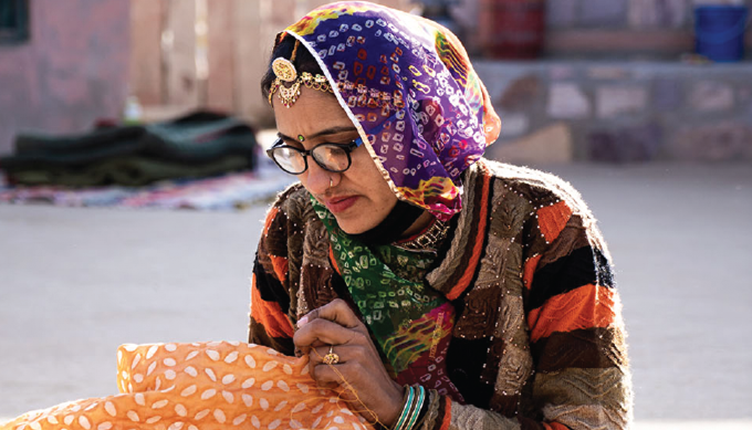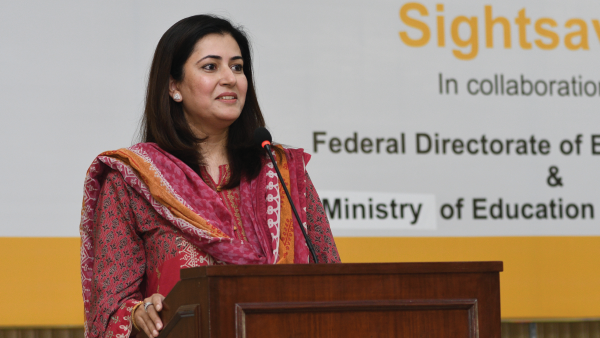Lighting the Way
Sitting Down With… Geoffrey Wabulembo, Medical Director, Eye Health and NTDs at Light for the World
Can you tell us about your transition from general medical practice to ophthalmology?
When I finished medical school, I worked in missionary hospitals in Kampala, Uganda, as a general doctor. I was exposed to patients with various ailments, including eye problems, but I realized that I hadn’t learned enough from medical school to be able to treat them effectively or efficiently. I found myself becoming increasingly curious about ophthalmology.
At that time, the economy of the country was doing badly, and some of the more experienced ophthalmologists had left to work elsewhere. During my training, we had a shortage of faculty and had to do a lot of self-teaching. The equipment we were working with was quite poor; most of it had been purchased many years earlier. So we just had to go through the training with what we had. Afterwards, however, we had the opportunity to work in developed countries, where the ophthalmology departments were equipped well enough for us to become more skilled and work independently when we returned to Uganda.
Can you describe the eye care situation in Uganda when you first qualified as an ophthalmologist?
I would say it was a desperate situation. There were very few ophthalmologists in the country – around 11 in total. Maybe three of those were already retired and just doing low-level private practice work. So, wherever you positioned yourself as an ophthalmologist, you’d have a lot of patients. It also meant that we needed to do a lot of outreach work. We traveled around different parts of the country to offer mobile services. Sometimes we dealt with 500 patients a day. And when it came to surgeries, we would have long lists and be operating until 8 pm. Despite all that effort, you can’t always offer the same services in outreach as you can in your own practice. Nevertheless, that’s how eye care was delivered in Uganda back then.
How have things changed since that time?
A number of development partners have come to support the Ministry of Health with improving Uganda’s eye care services, through training more ophthalmologists – with some partnerships providing scholarships – and through affirmative action and interventions. For example, there was a program supported by Light For the World called the National Intervention for Uncorrected Refractive Error. This mainly addressed uncorrected refractive errors among school children by training local eye care professionals in refraction and by providing spectacles to the children at an affordable rate. It was so successful that the Minister of Health now owns this type of service; it led to the current “1,2,3 I can see!” eye care program that Light For the World is implementing in Uganda and in other countries where we are involved, such as Ethiopia, Burkina Faso, and Mozambique.
What prompted you to specialize in pediatric ophthalmology?
During my clinical practice, I started seeing more and more children that needed either surgical intervention or refraction. Some of the most challenging groups of children were those who presented with congenital cataracts. Because of the lack of surgeons, some of these children had not been operated on by the age of five and were functioning with severe vision impairment. The professionals needed to handle these problems were simply not there. I had an interest in helping children. And because the need for pediatric ophthalmology was so great at that time, I got an opportunity – and a scholarship from Light For the World – to train at the University of California.
What developments would you still like to see in ophthalmology within developing countries?
During the last two decades, we’ve seen a development of the infrastructure, including the building of eye departments in regional referral hospitals throughout the country. But they don’t all have ophthalmologists at the moment. We’d still like to have more local professionals trained in ophthalmology, so that we can fill all these available positions.
At the same time, because of the wider use of the internet and an increase in awareness among the population, the demand for subspecialties has also increased. So, development of subspecialties is another thing that we would like to see progress – and progress quickly because of the demand.
How else could Uganda and other developing countries meet this demand?
One of the major needs is awareness – there are still many people who are not aware that they can be helped. One of Light For the World’s strengths is in supporting eye health programs through school screening. When these children have interactions with eye health professionals, they go back and talk about eye health to their families. And that helps raise awareness in the whole community. It’s something we need to promote further. If we can strengthen the eye health program by visiting schools, we will be able to reach many more people.
This article first appeared in The Ophthalmologist.
The New Optometrist Newsletter
Permission Statement
By opting-in, you agree to receive email communications from The New Optometrist. You will stay up-to-date with optometry content, news, events and sponsors information.
You can view our privacy policy here
Most Popular
Sign up to The New Optometrist Updates
Permission Statement
By opting-in, you agree to receive email communications from The New Optometrist. You will stay up-to-date with optometry content, news, events and sponsors information.
You can view our privacy policy here
Sign up to The New Optometrist Updates
Permission Statement
By opting-in, you agree to receive email communications from The New Optometrist. You will stay up-to-date with optometry content, news, events and sponsors information.
You can view our privacy policy here







